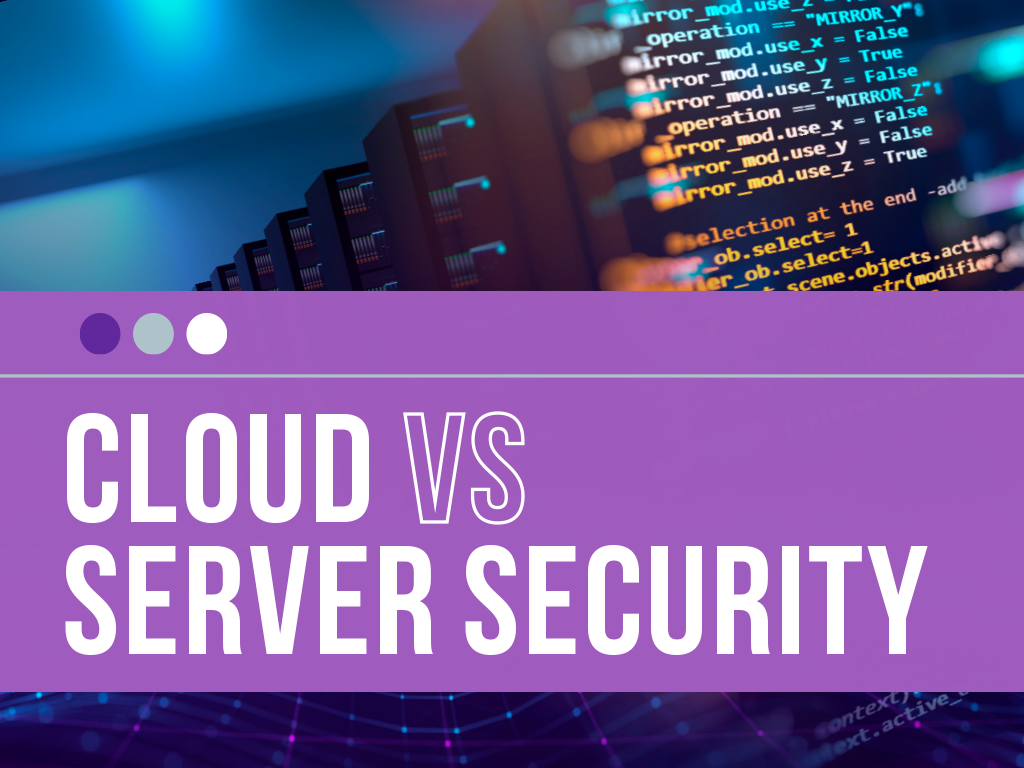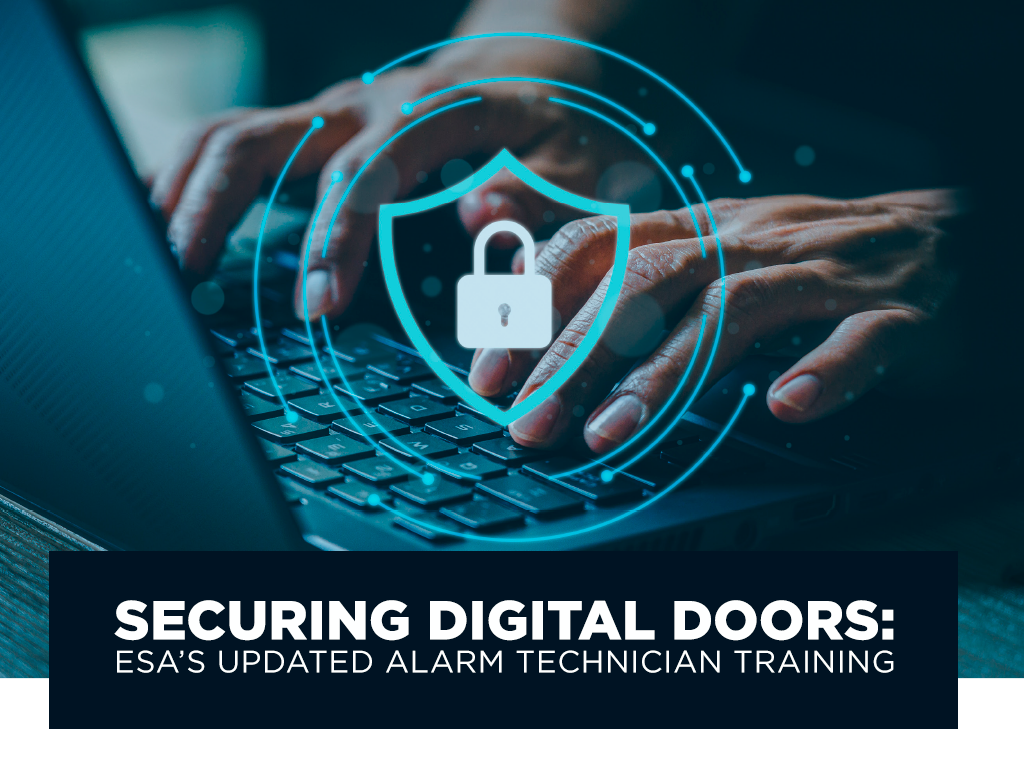Cloud vs Server Security

In my time back on the road with Security America, there has been a key focus on cyber exposure within the industry. There is a bit of a debate between cloud and server security and whether one presents less exposure than the other. As businesses and organizations increasingly rely on digital infrastructure, understanding the nuances of cybersecurity in both environments is crucial.
Understanding Cloud and Server Security
Cloud Security
Cloud security refers to the protection of data, applications, and services hosted in a cloud environment. Cloud computing, offered by providers such as AWS, Google Cloud, and Microsoft Azure, involves storing data and running applications on servers managed by a third party.
Key Features:
- Scalability: Cloud services can scale up or down based on demand, which can dynamically affect security measures.
- Shared Responsibility Model: Security responsibilities are divided between the cloud provider and the customer. Providers generally secure the infrastructure, while customers handle data and application security.
- Centralized Management: Cloud platforms often provide integrated security tools and centralized management, which can simplify oversight and enforcement of security policies.
Challenges:
- Data Privacy: Storing sensitive information on third-party servers raises concerns about data privacy and compliance with regulations.
- Vendor Lock-in: Dependency on a single cloud provider can complicate migrations and integrations, potentially impacting security if the provider experiences issues.
- Multi-Tenancy Risks: Cloud environments often host multiple customers on the same infrastructure, which can increase the risk of data leakage or cross-tenant attacks.
Server Security
Server security, on the other hand, involves safeguarding physical or virtual servers that are directly managed by an organization. These servers can be located on-premises or in a data center, running applications and storing data locally.
Key Features:
- Control: Organizations have full control over the hardware and software configurations, allowing for tailored security measures.
- Isolation: Dedicated servers can provide more isolation from other systems compared to shared cloud environments.
- Customization: Security protocols can be customized to fit specific organizational needs and regulatory requirements.
Challenges:
- Maintenance: Organizations are responsible for the upkeep and patching of both hardware and software, which can be resource-intensive.
- Scalability Issues: Scaling up server capacity often involves significant capital investment and planning, potentially leading to delays in response to changing needs.
- Physical Security: Ensuring the physical security of on-premises servers is essential and can be challenging, requiring robust access controls and environmental protections.
Comparing Cloud and Server Security
Flexibility and Agility
Cloud environments offer superior flexibility and agility. With cloud services, organizations can quickly deploy and adjust security measures as needed, benefiting from automated updates and scalability. Conversely, on-premises servers require manual adjustments and investments to scale, which can be time-consuming and less adaptable to sudden changes in the threat landscape.
Cost Considerations
Cloud security often follows a pay-as-you-go model, which can be more cost-effective for many organizations. Providers typically offer a range of security tools and services included in the subscription. On-premises server security involves higher upfront hardware costs and ongoing maintenance, staffing, and upgrades expenses.
Compliance and Regulations
Both cloud and server environments must adhere to regulatory requirements, but compliance can be more complex in the cloud due to the shared responsibility model. Organizations must ensure they understand which aspects of security are managed by the cloud provider and which are their own responsibility. On-premises servers provide more direct control over compliance but require dedicated resources to manage and demonstrate adherence to regulations.
Incident Response and Recovery
Cloud providers often offer advanced incident response and disaster recovery solutions as part of their services, leveraging distributed infrastructure to enhance resilience. On the other hand, on-premises servers require organizations to develop and manage their own incident response and recovery plans, which can be complex and require significant investment in resources and expertise.
Conclusion
Both cloud and server environments present unique security challenges and benefits. The choice between them often depends on an organization’s specific needs, including budget, scalability requirements, and regulatory obligations. Regardless, neither system protects you 100% from being targeted by cyber criminals or absolves you from responsibility as it relates to response to these events and protecting your customer’s data. Part of a robust cybersecurity strategy must include insurance that not only provides you with coverage for the impacts to your business, but provides you access to expertise to handle a cyber event when it happens. At Security America, we offer varying levels of cyber insurance to meet your needs. Call Crystal Jacobs & the team at 866-315-3838 or email us at [email protected] for more information on how you can best protect your organization.
Don’t forget – being an ESA member can save you some SIGNIFICANT dollars on your insurance. If you are a member, your premium savings typically COMPLETELY COVERS the cost of your membership. Be sure to reach out to the ESA team at 972-807-6800 for other membership benefits!




